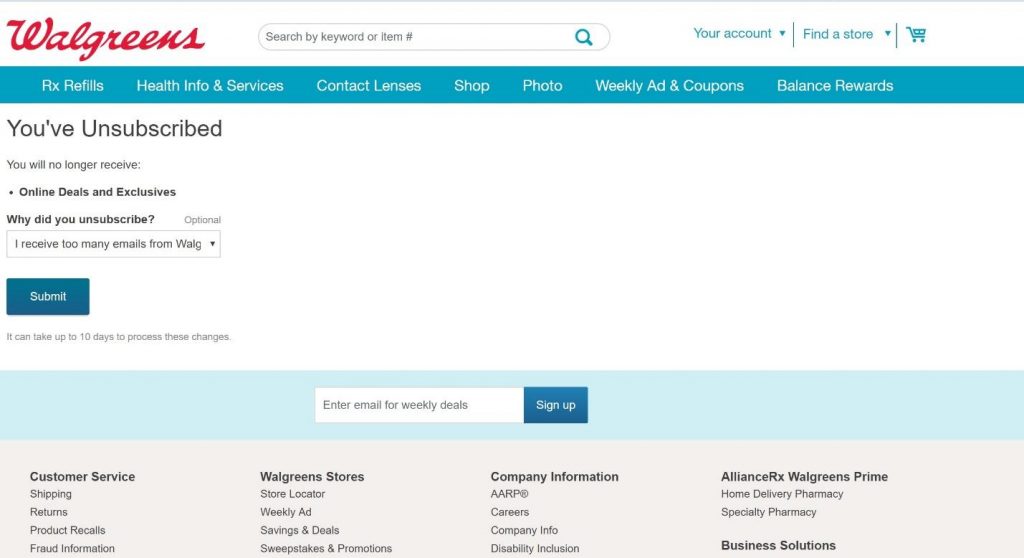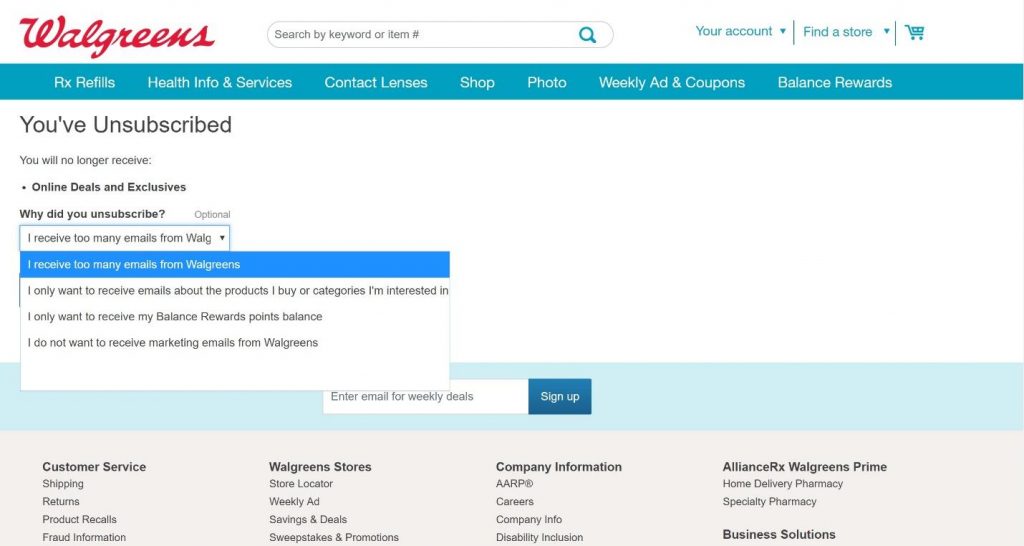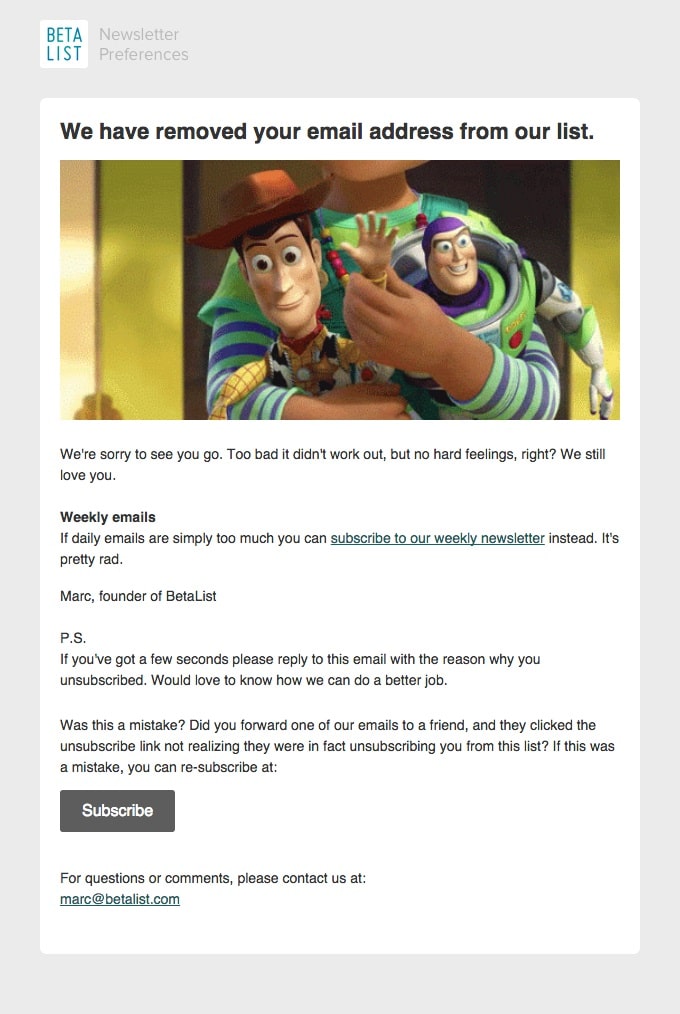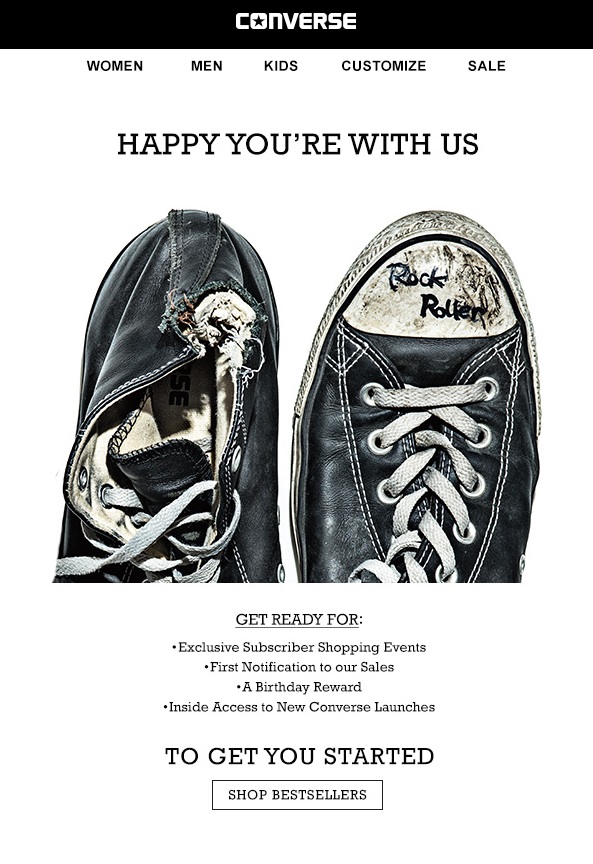Using Email to Minimize Subscriber Churn
There’s a lot more to email marketing than creating and distributing visually appealing email campaigns to your subscribers. There are several moving aspects that your team must consider throughout the design, production, testing, and monitoring phases. Monitoring important benchmarks is one technique to monitor the progress of your campaign.
While many marketers concentrate on open and click-through rates, there are additional metrics to keep an eye on, such as subscriber churn and unsubscribe rates.
While subscriber churn isn’t a standard email indicator, it might wind up costing your business a lot of money in the long run.
What is the churn rate for subscribers?
A subscriber churn rate is the proportion of new customers that cancel or do not renew their subscriptions over a specific time period. You send emails, update blogs, and maintain the sales funnel full with prospective new subscribers or customers as a marketer.
Unfortunately, just because someone joins your email list or tries your product does not indicate they are interested in the long term.
What factors contribute to email list subscriber churn?
Churn among email list subscribers occurs more often than marketing firms prefer to acknowledge. It hurts when you’ve spent numerous days, hours, and resources establishing your email list just to see some of your subscribers unsubscribe.
Keeping a healthy email list
Any email marketing strategy must include email list upkeep. Every email list should be examined on a regular basis so that marketers may delete bounced emails, unengaged subscribers, and update any email addresses that have changed.
After defining what inactivity means for your brand, you’ll want to get to the bottom of the issue. You may do this by determining why your subscribers stopped interacting with your emails.
Walgreens is particularly good at this. They provide an email choice area on each profile that enables users to pick which emails they wish to receive and why they want to unsubscribe.


What steps can email marketers take to reduce subscriber churn?
Once you’ve done the heavy work of determining why your subscribers disengage or unsubscribe from your email list, you can start deploying different email campaigns to reduce subscriber turnover.
Continue reading for real-world examples of email marketing aimed at reducing subscriber churn by re-engaging dormant customers.
Campaigns for re-engagement
As previously stated, there is nothing you can do for people who choose to unsubscribe from your email list. You may still confirm their cancellation with them, just in case the unsubscribe was an error.
Consider the following example from Beta List. They completely recognize the customer’s request to be removed from their email list.
They do, however, provide an opportunity for these contacts to re-engage and re-subscribe, whether at a later point or straight away.
They even allow the user to subscribe to a different send choice.

Re-engagement initiatives are appropriate for both dormant subscribers and those who have already unsubscribed. Before entirely eliminating them from your email subscriber list, make an attempt to re-engage them since it costs more to recruit consumers than it does to keep them.
With this “what you’ve been missing” ad, Digiday does an amazing job of attempting to re-engage its dormant subscribers. Instead of bombarding users with reasons to return to the site, they devised a newsletter-style campaign that provides inactive members a taste of what’s been going on in the time they’ve been gone.
This is excellent because it provides little morsels to tempt the reader without giving away all the gold, implying that readers will have to click links to learn more, which requires interaction with the email.

Incentives
Incentives are a wonderful approach to get inactive subscribers to return to a company. Once you’ve discovered inactive subscribers, consider providing them something worth returning for.
Readers are tempted with perks in this Snap Kitchen sample. The promise of advantages piques readers’ interest, as do the specifics covered later in the email.
Promotions may take any form and continue for any length of time. Your offer might even take the shape of a one-time-use voucher created exclusively for your re-engagement effort.

Other methods for lowering email subscriber turnover
One cause for subscriber churn is that many new subscribers might get lost in the continual churning of your funnels. An automated welcome email campaign may help to decrease email subscriber churn.
Welcome promotions demonstrate to new subscribers that you are delighted to have them on your list. This encourages engagement by informing prospective subscribers about what they can anticipate from your email or even offering incentives for subscribing.
New subscribers aren’t merely welcomed in the case of this Converse welcome promotion. They also get a sneak peek at the perks and top-selling items.

Using two opt-ins is another technique to reduce subscriber turnover. This guarantees that the subscriber is actually interested in being on your list. It also ensures that people aren’t inadvertently subscribing to something they don’t want to be a part of.
Finally, make certain that you generate and distribute relevant material to your list. If you aren’t, subscribers will rapidly lose interest in what you deliver, which will result in inactivity or unsubscribes.
Conclusion
Some subscriber turnover is unavoidable. Marketing teams, on the other hand, may take steps to counteract churn and re-engage previously invested subscribers.
Here are some examples of email campaigns to consider:
- Incentives
- re-engagement campaigns
- Win back campaigns






Recent Comments